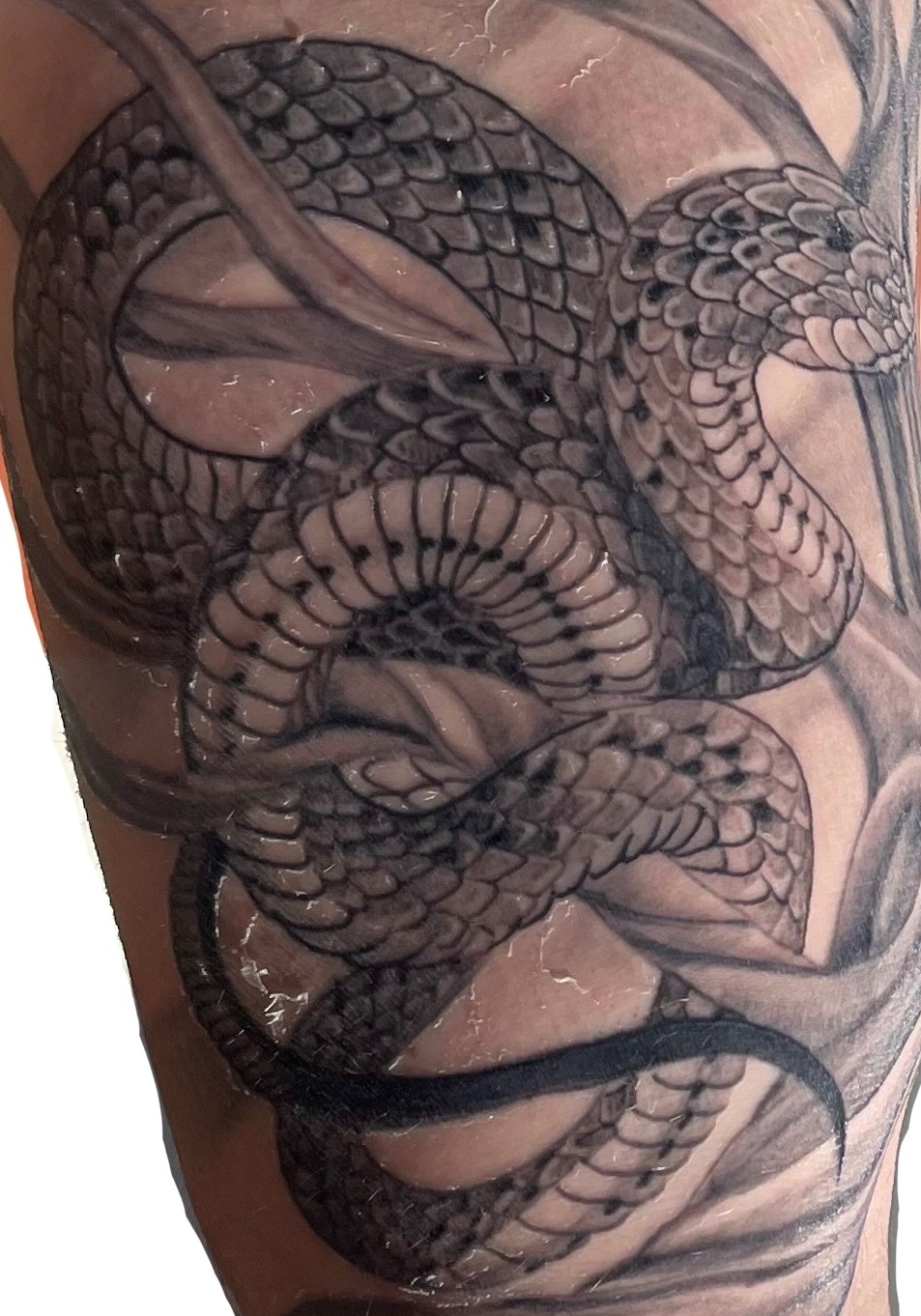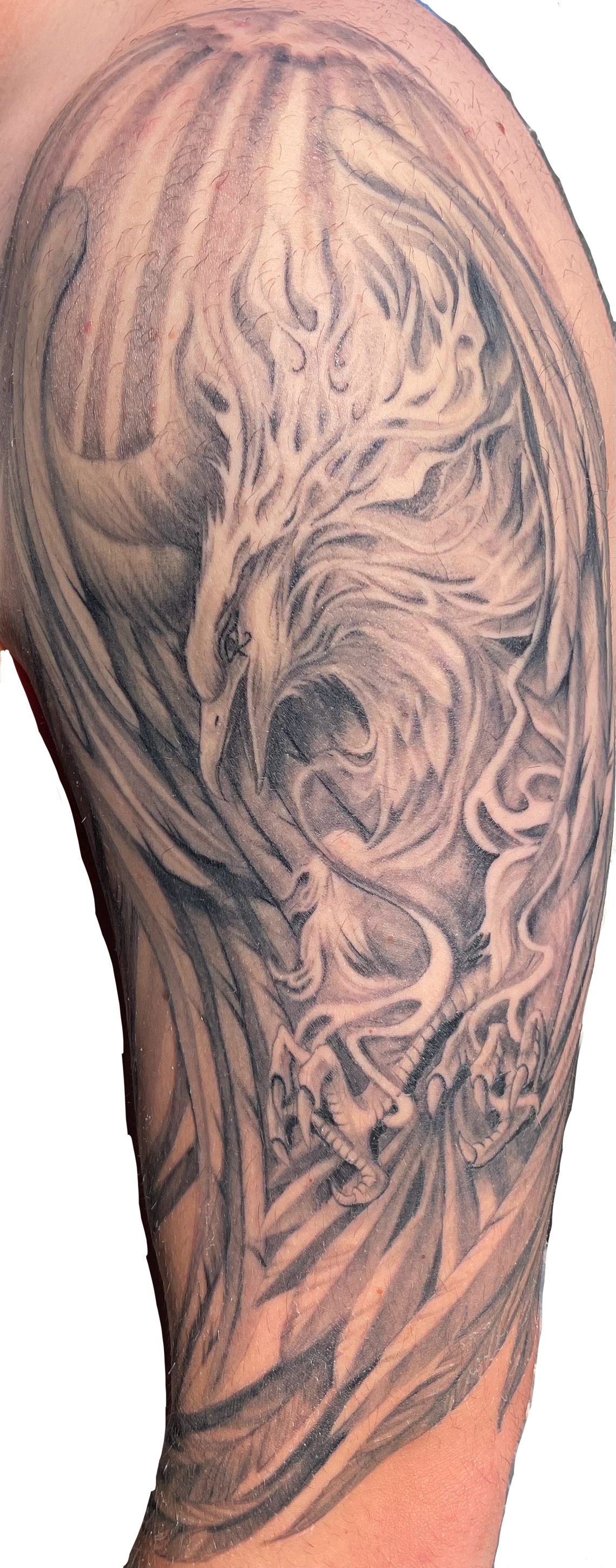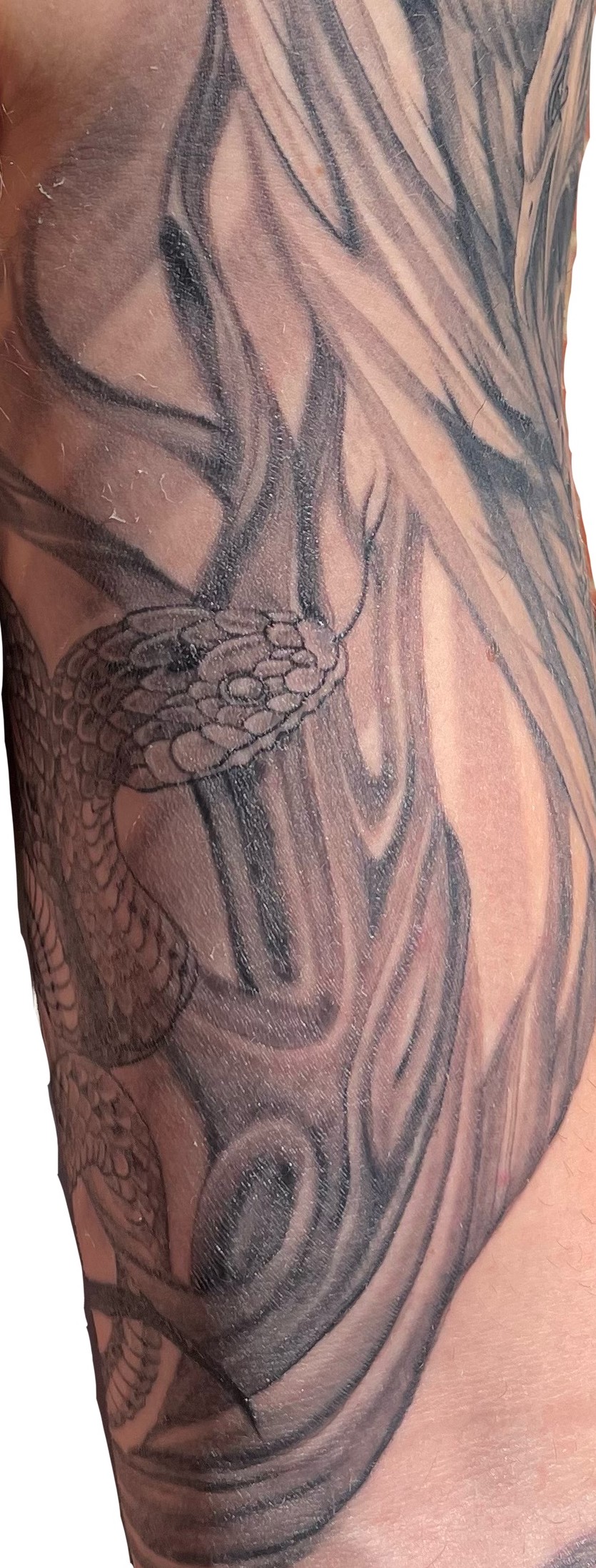A tale of good and evil
Background
For at least the past decade (and quite possibly for much longer than that) I have sought a coherent conceptualisation for the classification of, and the interaction between, good and evil. Specifically, I wondered what it meant for somebody to be classified as a good person or an evil person. What criteria must one fulfill to receive such a label? Is there a certain number of good deeds that one must complete before attaining the good person title? Am I myself good or evil? I could never say for sure, for I have a history of both good and bad actions and decisions (as do we all). I was plagued by my inadequate understanding of these ideas.
Over the years as my ideas developed further I began to realise that the (above) questions I was asking were flawed. They weren’t deep enough (deep in the sense of arising from first principles) because they rested upon the idea that people can (and must) be good or evil. As I interrogated this more fundamental idea, the cracks in the foundation started to emerge.
The first domino to fall was the binary categorisation. A shoplifter, armed burglar and serial killer should not be considered of equivalent evil. It is therefore more coherent to consider good and evil as the limits of a continuum rather than as binary categories. As an example, consider the following four scenarios involving Michael, Mikel, Mike and Mick:
- Michael stayed home.
- Mikel sneezed whilst driving causing him to veer off the road and kill a pedestrian.
- Mike was drunk whilst driving causing him to veer off the road and kill a pedestrian.
- Mick was angry whilst driving and intentionally veered off the road to kill a pedestrian but missed.
Are any of the above characters good or evil? Is there any potential context that could be added to a scenario to change your mind? I would argue that we actually cannot classify any of the characters as good or evil. Let’s consider the first scenario as a baseline/reference (Michael’s act was neutral). We cannot make a judgement based solely on the outcome of each scenario because that would exculpate Mick and my intuition (as I hope does yours) indicates to me that there is at least some evil in Mick’s action. Should we perhaps then make judgements based on intention? This seems like a step in the right direction. However, even still, our intentions are not completely within our control (e.g., consider genetic, biological and social factors and influences).
It soon dawned on me that people cannot be classified as good or evil and that we must instead consider their actions explicitly. Good people will occasionally choose evil actions and vice versa. How evil a particular action might be is difficult to define, but as a guiding principle I have found it useful to consider the intention behind the action and determine whether or not it was accidental, negligent or malevolent (in order of evilness). Some actions are worse than others and some people choose these actions more often than others, but it is the action that is evil rather than the person (this is not to say that it isn’t worthwhile avoiding those that choose evil actions frequently).
Moreover, I do not believe that there are final points at either end of the spectrum (i.e., pure good and pure evil actions are unobtainable). For example, think of any situation you like and try to make it worse, it is always possible. Hell is a bottomless pit.
Finally, on this note, I believe that heaven and hell (the birthplaces of good and evil) exist in our reality. Not in an afterlife sense (although I do still think this is a useful way of thinking) but in a truly real sense. Both exist all around us. If we are willing to truly open our eyes, we may see the world for what it truly is and should choose our path forward accordingly.
Representation
Quite simply, my tattoo is a visual representation of the preceeding story. The tattoo is the story. The main objects that form the tattoo are the snake, the phoenix and the tree. The eye of the phoenix and the positioning of each element are also critical to the story.
The snake emerges from hell and is evil. The original threat our ancestors feared. One must be wary of snakes in the grass. If you look (with eyes wide open and full attention) then there is a chance you will see it coming. If your gaze is averted to avoid an uncomfortable reality then you will surely be bitten (if not now then in the future and likely much worse).

The phoenix emerges from heaven and is good. Fierce and brave, the phoenix looks directly at the snake, confronting evil head on. In particular, the (left) eye of the phoenix is the (left) eye of Horus, the falcon-headed Egyptian god. The eye, highlighted by the open pupil, calls for us to pay attention and speak the truth in order to pave the path forward. Failure to do so makes us, our family and our society vulnerable to tyranny, corruption and evil. We each have a responsibilty to pay attention and tell the truth.

The tree is life. It stretches from the depths of hell through to the heights of heaven. The tree is the battleground between good and evil. Human life is entangled in this story and there is no escaping good nor evil. The tree itself runs down the middle of my arm, separating good and evil. This is where the line is. Alexander Solzjenitsyn said it precisely: “The line separating good and evil passes not through states, nor between classes, nor between political parties either, but right through every human heart, and through all human hearts.”

A note on the snake
The tattoo was drawn on two separate occasions; first the phoenix and then the rest. In the weeks between these sessions I was anxious about proceeding with the snake. I did not (and still do not) find snake tattoos particularly aesthetically pleasing. I am also not fond of snakes (and question why anybody would be). To make matters worse, the phoenix tattoo hurt. The pain was of course bearable but it still hurt. I later learned that the snake tattoo was likely to hurt much more due to its position on the inner arm where the skin is particularly thin. At this stage, I did NOT want the snake tattoo.
However, after little thinking in fact, I realised that this is the exact reason why I must get the snake tattoo. This is precisely what it represents. I must pay attention, I must look at the snake directly and I must endure the pain. A painful reminder of evil perhaps, but an important reminder nonetheless.